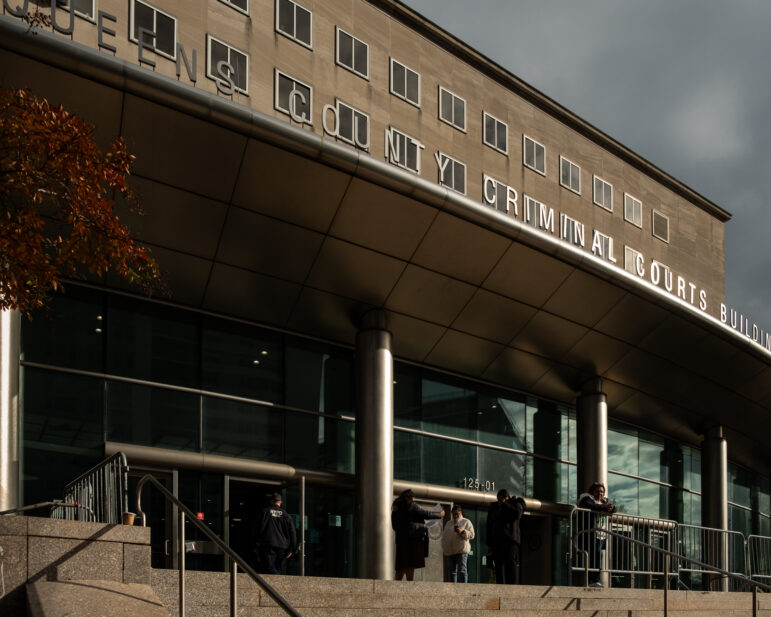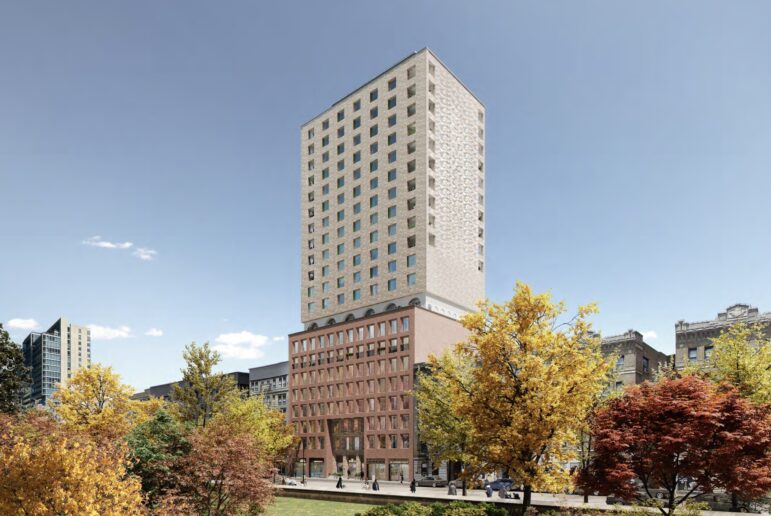The city’s new rental subsidy for homeless adults and families got a lukewarm reaction last week from local media and advocates. While the proposal represents a potential infusion of $58 million, they noted, it also deprives the homeless of a longstanding safety net: Section 8. Unlike the federal subsidy, which is tied to income, the city’s new Housing Stability Plus voucher simply declines by 20 percent each year and ends entirely after five.
“The solution is temporary,” acknowledged Department of Homeless Services Commissioner Linda Gibbs, at a press briefing on the plan. “They have to be equal partners in the long-term solution.” But will recipients be able to find jobs that pay enough to offset the shrinking subsidy? What if they can’t? City Limits has taken a look at three other time-limited programs to see how clients have fared:
• Public assistance: Welfare reform was predicated on one basic idea: Work requirements and time limits would result in less government dependency. To some extent, that’s happened: Since 1996, the national welfare rolls have been cut in half. But many of those families are still struggling. Here in New York, most simply roll over into the Safety Net program, which extends their subsidy beyond the time limit. Of those who did leave public assistance last year, nearly 40 percent reapplied within six months. A 2002 report by the Rockefeller Institute of Government found that only half of state families who left welfare were living above the poverty level.
• Employment Incentive Housing Program: EIHP was designed, much like Housing Stability Plus, to move families out of shelter by offering them help with rent. For two years or as long as they are receiving welfare, a family of three can receive close to $1,000 in rent help. But, as City Limits reported just two weeks ago, several participants who successfully found jobs and left welfare are now facing eviction because they can’t pay their rent without the subsidy. So EIHP workers are allowing them to stay in the program longer. “With the rent rate going up so high, not even a person who’s working can pay some of this rent,” said a job specialist with the program. “Let’s be realistic here.”
• Rental Assistance Program: This initiative, which serves homeless adults and families, was the brainchild of the Coalition for the Homeless. While the coalition is now raising concerns about the time limits in the city’s plan, RAP only lasts for two years. The difference? “Ours is flexible,” said Senior Policy Analyst Patrick Markee. The Coalition can extend the subsidy or help clients find better jobs, something he does not expect the city to do. “Where are services dollars?” he asked. Rick Chandler, DHS’s assistant commissioner for Housing Policy and Placement, explained that participants will have access to the same resources available to welfare recipients: “This new program ties into the Temporary Assistance infrastructure,” he said.
It will be years before we know the full weight of the voucher plan—good or bad. But some advocates are less than optimistic. “The problem with time limits is they don’t address the root causes of poverty or homelessness,” said Bich Ha Pham, executive director of Hunger Action Network of New York State. “By threatening people or cutting their benefits on a yearly basis, that’s not going to produce more affordable housing.”
—Cassi Feldman
cassi@citylimits.org







